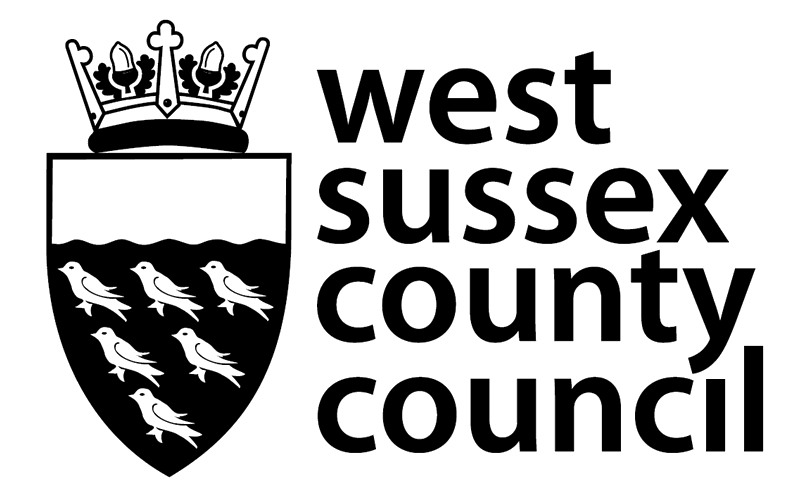1 Overview
Currently, the county council does not enforce moving traffic contraventions on its road network. This responsibility lies with Sussex Police.
Typical examples of moving traffic contraventions include:
- stopping in box junctions
- goods vehicles exceeding the maximum gross weight indicated
- turning left or right where prohibited
- entering and waiting in a pedestrian or cycle zone
- driving on routes reserved for use by buses, pedal cycles and taxis
- driving the wrong way in a one-way street
- driving in a street where motor vehicles are prohibited
- undertaking a U-turn where prohibited
However, the county council is planning to use new powers, recently introduced by Parliament, which enable the enforcement of moving traffic contraventions under civil law. These powers form Part 6 of the Traffic Management Act 2004, which allows highway authorities outside of London to use approved camera devices to enforce moving traffic contraventions.
Moving Traffic Enforcement (MTE) could offer the county council a more cost effective and reliable method for enforcing many of its Traffic Regulation Orders and other moving traffic contraventions, which in turn could reduce network congestion and improve highway safety.
Targeted enforcement of certain types of restrictions may also help bring about improved journey times for public transport and emergency service vehicles. In addition, approved camera devices could also be used for network management purposes such as managing the compliance of street works and the monitoring of traffic hotspots.
An application to the Department for Transport (DfT) for the county council to take on MTE powers was approved in November 2024.
However, no enforcement will take place until such time as a MTE Policy has been prepared and subsequently approved by county councillors. The policy, currently under development, will set out the context for MTE, the outcomes expected and how MTE will be implemented, delivered and operated in West Sussex.
Any future MTE proposals will be subject to full scrutiny and a comprehensive public engagement. At all MTE locations, warning notices for first time contraventions, rather than Penalty Charge Notices, will be issued for the first 6 months of operation, allowing drivers to get used to any new arrangements.
The primary objective of MTE will be to ensure compliance with Traffic Regulation Orders and not to generate income.
Further details on MTE will be provided in due course.
2 Bus lanes
Bus lanes are dedicated lanes that often run alongside the main carriageway. They are marked by a solid thick white line and the words ‘Bus Lane’ are periodically marked on the road. Only buses and authorised vehicles can travel in the bus lane as shown by appropriate signage.
The only bus lanes in West Sussex are in Crawley, although the county council does not currently enforce them via the use of cameras.
A full compliance check of bus lane signs and lines has recently been undertaken and the county council intends to monitor traffic activity at numerous locations across Crawley. Should a significant level of non-compliance be recorded, consideration will be given to the future installation of enforcement cameras.
3 Bus gates
Bus gates are short, dedicated stretches of road along which use is restricted to public transport and, where specified, taxis and other authorised vehicles. Bus gates normally have the words ‘Bus Gate’ marked on the road. There are warning signs of the bus gate restriction ahead, and again at the point where the restriction starts.
The aim of introducing and enforcing bus gates is to:
- improve bus reliability
- ease congestion
- manage the impact of traffic on the environment
There are 7 bus gates currently being installed in West Sussex where the use of enforcement cameras is being considered. These are at:
- Copthorne (Worsell Drive)
- Broadbridge Heath (Broadbridge Way)
- Worthing (West Durrington)
- Horsham (Highwood)
- Crawley (Kilnwood Vale)
- Angmering (Dappers Lane)
- Lancing (New Monks Farm)
The bus gates have been identified as part of highway agreements associated with new residential developments and each is seen as crucial in supporting the access strategy for each development from the outset.
Find further details on the bus gates.

